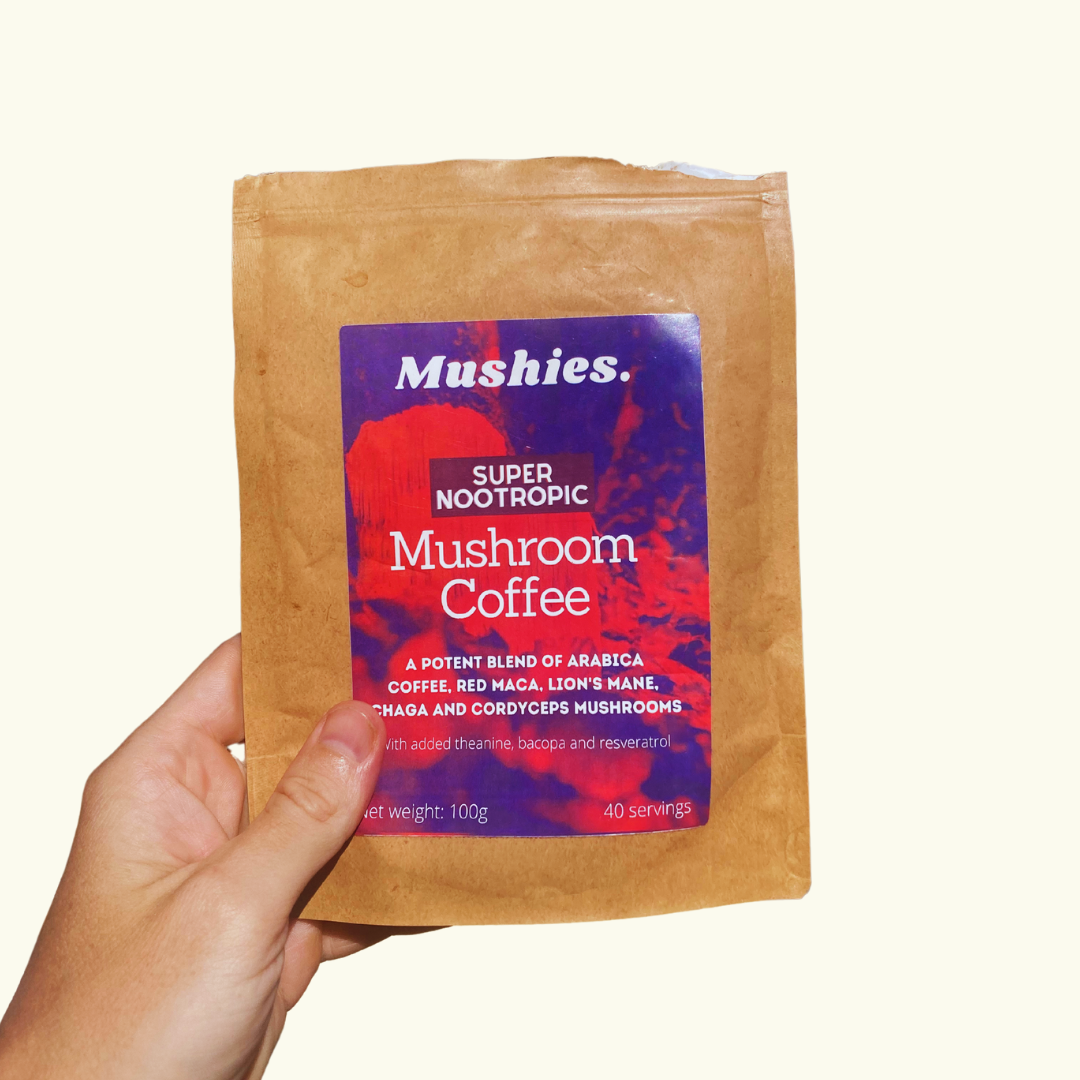When archaeologists cracked open King Tutankhamun's tomb in 1922, they unleashed something ancient into the world. Within months, members of the excavation team started dying under mysterious circumstances.
Fast forward to 1973. A team of twelve scientists prepares to enter the tomb of Polish King Casimir IV. The stone chamber has been sealed for centuries, untouched, waiting. They go in with their tools and cameras, ready to document history.
Within weeks, ten of them are dead.
For year, people blamed ancient magic. But eventually, science offered a more grounded theory: a fungus. Specifically, a nasty mould called Aspergillus flavus that had been lying dormant in tombs across the ancient world for millennia. When inhaled, its spores can cause fatal lung infections
The pharaoh's curse, it turned out, was real. Just not supernatural.
The Villain's Secret
Here's where the story takes an unexpected turn.
In a lab at the University of Pennsylvania, Professor Sherry Gao and her team were investigating the world's deadliest organisms. They knew that nature's most dangerous creatures often produce the most powerful chemicals.
Fungi had already given humanity penicillin, one of medicine's greatest triumphs. What else might they be hiding?
The team started screening different strains of Aspergillus, looking for a rare class of molecules called RiPPs. These compounds are notoriously difficult to find in fungi. Only a handful had ever been discovered. But when they analysed A. flavus, the tomb killer itself, something lit up in their data.

"The synthesis of these compounds is complicated," says postdoctoral researcher Qiuyue Nie, the study's first author. "But that's also what gives them this remarkable bioactivity."
Cracking the Code
The team had to become molecular detectives. They compared chemicals across different fungal strains, matched them against known molecular building blocks, and eventually pinpointed a specific protein in A. flavus as the source.
When they switched off the genes that created that protein, the chemical signature vanished. They'd found their target.
What emerged from their purification process was unlike anything previously described: four molecules with interlocking ring structures, which they named asperigimycins after the fungus that produced them.
Then they mixed these compounds with human leukemia cells. Two of the four variants killed the cancer cells very efficiently.
The Twist
But Nie and Gao weren't satisfied. They modified one variant by adding a lipid. Specifically, a fatty molecule found in royal jelly, the substance that nourishes developing queen bees. It was an educated guess based on how cells absorb different compounds.
The modified version performed as well as cytarabine and daunorubicin, two FDA-approved drugs that have been the standard treatment for leukemia for decades.
But here's what makes this discovery even more remarkable: when they tested asperigimycins against breast, liver, and lung cancer cells, nothing happened. The compounds had virtually no effect. They also left bacteria and other fungi untouched.
This specificity is the holy grail of cancer research. A treatment that targets the disease without causing collateral damage throughout the body.
How It Kills
The team dug deeper into the mechanism. Cancer cells have one defining characteristic: they divide uncontrollably, multiplying without the normal cellular brakes that keep healthy tissue in check. Asperigimycins disrupt this process by blocking the formation of microtubules (the cellular scaffolding that cells need to divide).

No scaffolding, no division. No division, no cancer growth.
They also discovered why their lipid modification worked so well. A gene called SLC46A3 acts as a gateway, helping materials escape from lysosomes, which are the cellular compartments that trap foreign substances. The lipid helped asperigimycins slip through this gateway in much higher numbers.
"It doesn't just help asperigimycins get into cells," says Nie. "It may also enable other cyclic peptides to do the same."
That insight alone could unlock a whole new generation of medicines.
Nature's Pharmacy
The story doesn't end with A. flavus. The team found similar genetic patterns in other fungi, suggesting an entire untapped reservoir of medicinal compounds waiting to be discovered.
"Even though only a few have been found, almost all of them have strong bioactivity," says Nie. "This is an unexplored region with tremendous potential."
The next steps are animal trials, followed by human clinical trials if all goes well. It's a long road from lab bench to hospital bedside, and many promising compounds fail along the way.
But consider the journey this molecule has already taken. From ancient tombs where it killed archaeologists. Through laboratory isolation and modification. To cancer cells where it now shows the same lethal efficiency.
"Nature has given us this incredible pharmacy," says Gao. "It's up to us to uncover its secrets."
The pharaoh's curse lives on. But now it's working for us.
Source: A class of benzofuranoindoline-bearing heptacyclic fungal RiPPs with anticancer activities
Harness the Power of Fungi Today
While asperigimycins move toward clinical trials, other medicinal mushrooms are already transforming lives. For centuries, fungi like Lion's Mane, Cordyceps, and Reishi have been used to support cognitive function, boost energy, and strengthen immunity. Nature's pharmacy in action.






